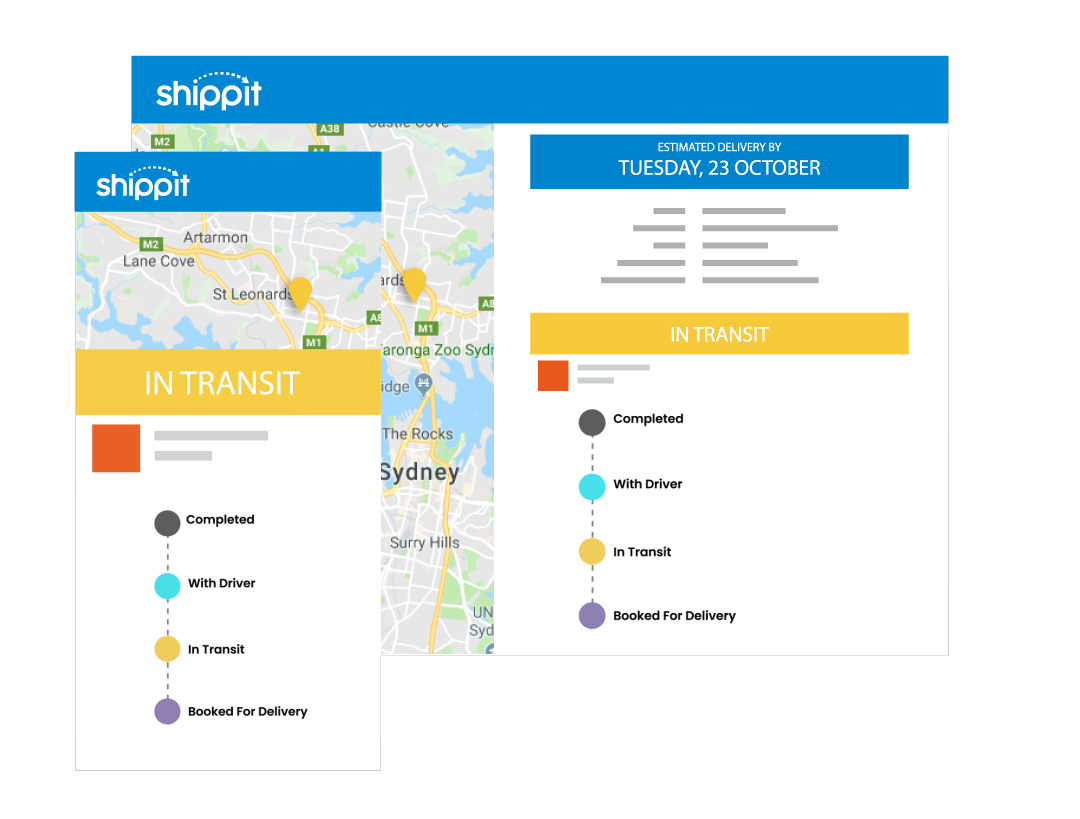How do you communicate with your target audience online? Blogs, social media, groups, forums and like most marketers, predominantly email – right?
Now, how do you conversate with your friends, family and colleagues – probably through instant messaging chat apps like SMS, Whatsapp, Slack, Trello or Facebook messenger?
Chat apps are used in a personal and informal context and this makes them the perfect way to build strong connections and lasting relationships with your customers. The limitation has always been that no-one has the time to chat with customers on instant messaging apps all day.
Enter the Chatbot. Or in other words; software that communicates with people on chat apps, but that doesn’t sound nearly as futuristic
Before you start imagining your customers enduring an automated, sterile conversation with R2D2, devaluing your brand promise to provide exceptional customer service – this is 2017, it doesn’t have to be that way.
Chatbots can initiate and hold the conversation, when and where your customer wants it; answering the questions that are most frequently asked without intervention, but signalling for a human to take over when the conversation veers out of their remit.
Today’s consumers are used to finding answers online, they look to Youtube, online tutorials, review forums and FAQ pages, so quickly and efficiently getting an answer from a Bot is not too far out of their comfort zone. In fact, ¾ of Australians surveyed said they’d prefer talking to a customer service Bot for simple tasks. Just imagine significantly reducing the number of your customer emails, simply by transferring FAQs into the Chatbot’s software!
The other major advantage of using a Chatbot for customer service is scale. Your customer service efforts are limited to the number of people you can speak to at any one time, but a Bot can speak to hundreds of customers, even using stored data patterns to tailor the conversation to each individual. Oh, the possibilities.
But Chatbots aren’t only useful for customer service, they can be sales and marketing gurus too.
As we know, customers go through a process before making the decision to part with their cash, so let’s take a look at how Chatbots could make the customer buying experience exceptional:
Awareness – Use a Chatbot to push a brand message to out to a targeted audience, just like with email, but on a much more personal level.
Research – Let the Chatbot curate product or service options for the customer, no hours spent trolling different websites with multiple open tabs, required
Consideration – The customer identifies the options they are interested in and the Chatbot displays these items for their consideration
Conversation – A purchase can be made through the Chatbot by clicking on the chosen item. And Mobile cart abandonment issues could be a thing of the past, as your Bot swoops in, to rectify any technical difficulty or buyers doubt.
Of course, the interaction doesn’t stop there, the Chabot can be utilised throughout the post-purchase cycle to collect customer feedback, inform of offers and discounts and provide a friendly reminder when a replacement product is needed. All this based on data collected from previous buying behaviour.
Your next reservation is probably cost, it might sound pretty pricey to build an artificially intelligent robot, to work as your customer service, marketing and sales rep all in one. Well according to Andrew Warner, Founder of Bot Academy, there are off the shelf software solutions, which are well and truly within the budget restraints of an SME.
However, before we get too carried away, the use of Chatbots for eCommerce is still relatively new, VentureBeat has identified three areas which need addressing before they reach peak value to retailers:
- Holding non-linear conversations. Currently, if your customer goes off-piste with their questions, the Chatbot becomes unstuck, but as the technology advances, so will their conversational prowess.
- Switching platforms. Chatbots of the coming years will need to integrate across whatever platform your customer is chatting on and if they switch; they need to switch with them, keeping the conversation seamless.
- The Chatbot as an entity. The bot will no longer be a separate functionality of a chat app, but an integrated part of it.
Let’s face it, email marketing is becoming less and less effective, as inboxes everywhere heave under the weight of unopened messages, plus however many contacts are on your email list? You probably can’t compete with Facebook Messenger’s 1.2 billion users.
And that’s exactly why futuristically-inclined Marketers (you now included) are looking for opportunities to use the power of chap apps, like Facebook Messenger, to reach infinite audiences and leverage their never-ending data pool.
Our good friends at Hubspot did a number of different tests comparing email communication and Facebook Messenger, with some astounding ROI. And if you need even more proof, early adopters are saying that Chatbot campaigns are 4x – 8x more profitable than email.
Long story short, Chatbots are not a fad, they are the next big thing, now down it’s down to you to either lead the charge or jump on the bandwagon. Because there’s nowhere to hide – the AI revolution is most definitely here.

